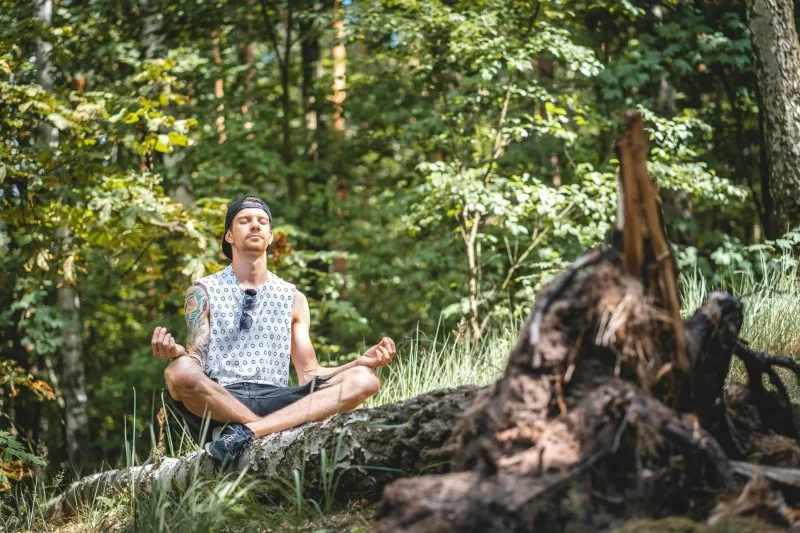- #the-benefits-of-outdoor-mindfulness-for-reducing-anxiety
- #how-nature-influences-mental-health
- #practical-mindfulness-techniques-outdoors
- #real-life-stories-of-anxiety-reduction
- #scientific-research-supporting-outdoor-mindfulness
- #building-routines-for-lasting-benefits
- #pine-cliff-resort-wellness-experience
The Benefits of Outdoor Mindfulness for Reducing Anxiety
In a world where digital distractions dominate our lives, anxiety has become a daily struggle for millions. Yet, one of the simplest remedies lies just beyond our front door: practicing outdoor mindfulness. By combining the calming effects of nature with mindful awareness, individuals often discover profound improvements in their mental well-being. This approach has been embraced by psychologists, wellness coaches, and everyday people who find solace in the fresh air and natural landscapes around them.
1. How nature influences mental health
Research has consistently shown that spending time outdoors reduces cortisol, the body’s primary stress hormone. Being in natural settings—whether it’s a forest, a lakeside, or a mountain trail—helps calm racing thoughts, lowers blood pressure, and creates an environment where mindfulness feels more accessible. Unlike practicing mindfulness indoors, nature offers sensory richness: the sound of birds, the feel of wind, or the sight of flowing water. These natural stimuli anchor attention and make it easier to stay present.
2. Practical mindfulness techniques outdoors
Outdoor mindfulness does not require advanced training or complicated rituals. For example, a simple walking meditation in a park, where one focuses on each step and breath, can dramatically reduce anxiety. Breathing exercises while sitting by a river or practicing body scans beneath trees can further deepen the relaxation process. Many wellness retreats, such as those at Pine Cliff Resort, incorporate guided outdoor sessions that blend traditional mindfulness with the healing presence of nature, providing participants with an accessible path to mental balance.
3. Real-life stories of anxiety reduction
One inspiring example is that of a college student who suffered from social anxiety and panic attacks. After attending outdoor mindfulness workshops, she began practicing short daily walks in a local botanical garden. Over time, she reported fewer anxiety episodes, improved concentration, and better sleep. Stories like hers resonate with many who initially felt skeptical but later found outdoor mindfulness to be a powerful coping tool.
4. Scientific research supporting outdoor mindfulness
Studies published in journals such as *Environmental Health and Preventive Medicine* confirm that “forest bathing” (shinrin-yoku) significantly reduces symptoms of anxiety and depression. The combination of natural surroundings and mindful presence activates the parasympathetic nervous system, which restores the body to a calm state. Interestingly, even short exposures—like 20 minutes in a park—can have measurable benefits. This evidence supports the idea that outdoor mindfulness should be a practical recommendation for people struggling with anxiety.
5. Building routines for lasting benefits
While a single outdoor session may offer temporary relief, lasting change comes from consistency. Creating a routine—whether it’s morning yoga in a garden or evening mindfulness walks—reinforces the brain’s ability to regulate stress. Experts suggest scheduling outdoor mindfulness just like one would plan gym workouts. Over time, the practice becomes second nature, offering long-term mental health benefits that go beyond momentary stress relief.
6. Pine Cliff Resort wellness experience
For individuals looking to deepen their practice, Pine Cliff Resort offers a serene environment tailored to outdoor mindfulness and relaxation. Surrounded by lakes, forests, and walking trails, it provides the perfect setting to disconnect from daily pressures. With guided programs and natural beauty, guests often leave with not only reduced anxiety but also a renewed sense of clarity and peace. Visiting such places ensures mindfulness becomes more than a practice—it turns into an experience that transforms how one interacts with stress and anxiety.







